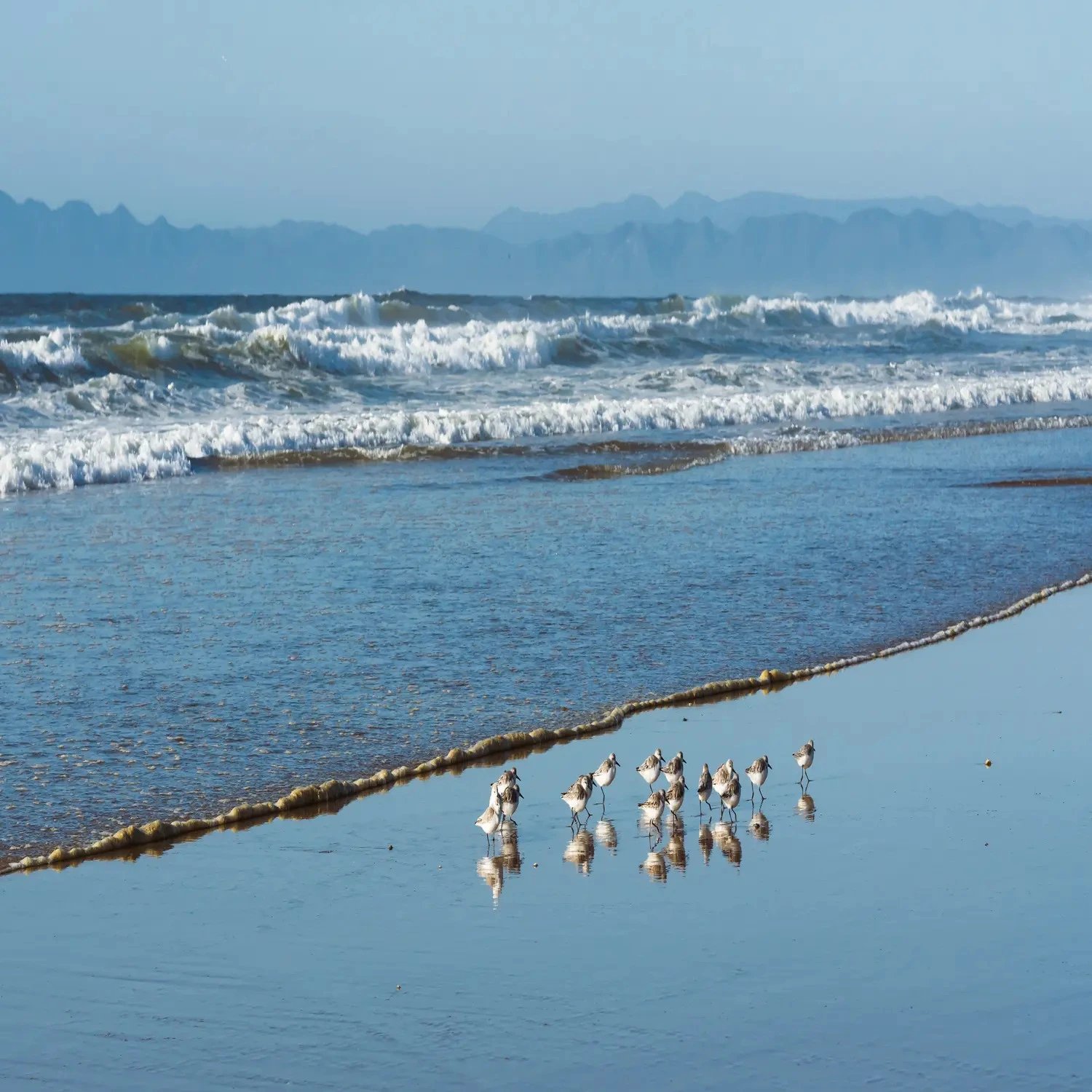Coastal Zones
Free Permitting Checklist
Practical Tips to Avoid Environmental Risk on all Your Projects
Download our environmental permitting checklist to get a step-by-step list of ways to protect your project from the 9 most common environmental risks.
Download Your Checklist
Coastal Zones
The coasts, beaches, reefs, wetlands, and estuaries of our world have comprised an important element of the ecosystem and human activities for time immemorial. Unfortunately, coastal zones are under threat from a number of different quarters today.
To preserve these precious areas of the Earth, we must act to implement smart coastal zone management strategies that combat climate change, protect natural resources, and wherever possible, enhance them as well.
This article will consider what coastal zones are, who protects them, the dangers they face, how they impact land developers, and the best ways to identify coastal zones so you can account for them during the development process.
What are Coastal Zones?
A coastal zone is any nexus of land and water. While we commonly think of coastal waters as the long stretches where land meets the ocean – California, say, or the Atlantic Seaboard – they also include freshwater areas (think the Great Lakes and upper river deltas) and offshore formations along the continental shelf, such as barrier islands.
These coastal areas represent a huge variety of habitats and geologic areas, including coral reefs, lagoons, mangroves, intertidal zones (e.g., tide pools and mudflats), salt marshes, estuarine environments, and anywhere else that straddles land and water settings.
An important facet of coastal zones is that they change constantly. Erosion from wind and waves creates sediment and other inputs that get deposited into the water. Runoff from land areas funnels nutrients – and pollutants – into it as well.
From the Gulf of Mexico to the West Coast, the Alaskan Fjords to the coral reefs of Florida, these areas are delicate and rich with life. The majority of the world’s population lives here. We depend on them, and they need our protection.

Who Protects Coastal Areas?
Who performs these protective duties?
National Oceanic and Atmospheric Association (NOAA)
The National Oceanic and Atmospheric Administration, NOAA for short, oversees protected areas in coastal zones. This happens through the NOAA Office for Coastal Management.
The Coastal Zone Management Act (CZMA)
The NOAA was granted authority to oversee coastal zones by the National Coastal Zone Management Program, established following the Coastal Zone Management Act of 1972. Currently, 34 states participate in the program.
You can find more specific information at:
Dangers to Coastal Zones
The dangers of coastal zones are multifaceted but fall into two basic categories: human activities and climate change (which is, of course, directly tied to human activities). Let’s consider each.
Human Activities
Human populations have historically enjoyed settling along the edge of the marine environment. Our ancestors’ journeys are of a seaward nature, migrating toward the seashores, rivers, and lakes that provide food, water, and abundant resources.
While most people on an individual level love the ocean, humanity as a whole is in danger of loving coastal areas to death.
Specifically, human activities that pose a threat include:
-
Recreation: Everyone loves the coach and the beach, but we can love these areas too much, trampling habitats and endangering native plants and wildlife.
-
Pollution: Hanging out on the beach sand is a lovely way to spend the weekend, but too many people leave trash behind, leak oil into the ocean from boats, and so forth.
-
Coastal development: Building along the water has been popular since time immemorial and still is, but it puts our coastal zones at risk.
-
Overpopulation: When too many people squeeze into an area, it endangers the plants and animals that live there. Humans begin to crowd other species out and endanger the healthy balance of biodiversity.
-
Aquaculture: While growing shellfish along the shoreline can be a positive thing, providing healthy food and acting as storm breaks, it does change the ecosystem’s balance. The same goes for fisheries.
Unfortunately, as this list makes clear, pretty much all human activity can pose a threat to coastal zones if not regulated correctly. That’s why we need to make sure that the land development process takes their safety into account.
Climate Changes
Global warming – a somewhat outdated moniker more recently expanded to include other elements of climate change such as increasing storm violence, greater ocean surges and tsunamis, sea level rise, warmer surface waters, temperature variability, and so forth – is still on the rise.
According to recent research, “Increases in average global temperatures are expected to be within the range of 0.5°F to 8.6°F by 2100, with a likely increase of at least 2.7°F for all scenarios except the one representing the most aggressive mitigation of greenhouse gas emissions.”
Such environmental impacts put coastal ecosystems at great risk. They endanger ecological diversity, make coastal regions less reliable for development, and imperil both human and natural activities.
If we want to protect these areas and maintain the pace of human progress for the betterment of all, then we must act now to ensure regulations and development play nicely.
How Coastal Zones Impact Land Developers
Coastal development is necessary if we’re to keep up with the pace of human population growth and ensure a good quality of life for all. Respecting coastal zones presents a challenge to land developers because outdated regulatory approaches have created several problems today. These include:
-
Required permits: Environmental regulations currently require lengthy assessments before development can move forward. There is currently a huge permitting bottleneck that is slowing down the development of housing, clean energy, and more.
-
Project delays: Such permitting delays inevitably create overall project delays.
-
Environmental mitigation: Rehabilitating environments that require it before development can occur is expensive and time-consuming, even if it is ultimately the best thing for people and the planet.
The question becomes, how can we address the above problems while also maintaining the sanctity of our coastal areas?
How to Identify Coastal Areas?
Proper identification of coastal zones is a critical step on the road to development. However, development itself is critical to providing affordable housing, generating and distributing clean energy, and meeting climate goals in the coming decades.
It is, therefore, critical to have the right tools on hand. These come in two basic forms: environmental consulting and automated desktop tools.
Environmental Consultants
Environmental consulting is the classic approach to the intersecting goals of development and ecology. Consultants help ascertain whether a certain area is developable and what requirements exist that govern such development.
Automated Tools Such as Transect
The other approach to identifying coastal zones – and attendant information such as contaminants and their concentrations, salinity, wildlife, and so on – is to use automated tools. Machine learning-based desktop programs can help you explore protected lands, endangered species, geology, and other factors affecting development in minutes.
Interested in a demo? Reach out to Transect today.
Free Permitting Checklist
Practical Tips to Avoid Environmental Risk on all Your Projects
Download our environmental permitting checklist to get a step-by-step list of ways to protect your project from the 9 most common environmental risks.

